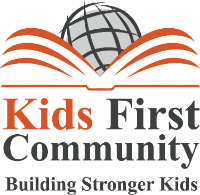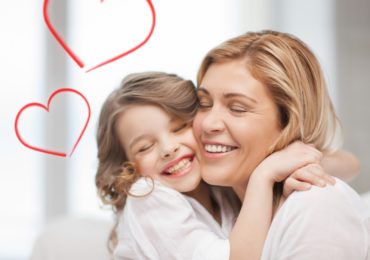The definition of physical child abuse is any non-accidental physical injury (bumps, cuts, bruises, burns, bites, etc.) or trauma that harms a child. Out of all types of child abuse, physical maltreatment is the easiest to recognize. In most cases, abusive parents do it out of a burst of anger, and are unaware of the magnitude of force they inflict.
Difference between discipline and physical child abuse
The majority of parents who beat their kids think beating is necessary to discipline a child. Disciplining children is guided by reason and not emotions; it involves implementing rules without anger and aggression, careful explaining of right from wrong, boundaries that need to be respected, and caring about the child’s well-being. Child physical abuse is a burst of uncontrolled violent behavior. It’s unpredictable so anything can set it off, thus abused kids usually live in fear of unintentionally triggering an outburst of their parent’s aggression. An abusive parent thinks the only way to teach their child is by asserting control and fear.
Physical child abuse statistics
-Every year, there is an average of 130,000 reported cases of physically abused kids in United States (about 16% of reported cases)
-45% of physically abused kids are under the age of five
-In 2011, 1750 children died from maltreatment, of this, 46% from physical injuries
-In 80% of all cases, physical abusers are birth parents
-56% of child maltreatment perpetrators are women
Physical child abuse risk factors
It happens in families of all ages, races, nationalities, incomes, or ethnicities. Risk factors that can sometimes increase the chance of child maltreatment are:
-Parents of violent character. Violence and aggression decrease the ability to cope with everyday problems rationally and productively.
-People who suffered abuse in childhood are more likely to become abusers themselves.
-Low self-esteem, depression, antisocial behavior
-Lack of proper parenting and child development knowledge, unrealistic expectations, and inappropriate discipline measures
-Use of substances that affect rational decision making, judgment, and self-control (drugs, alcohol)
-Stressful situations that worsen anxiety (marital problems, illness, death, losing job, etc.)
How to recognize warning signs of physical child abuse
It’s normal for kids to have occasional cuts or bruises, but indicators of physical molestation usually don’t fit the explanation of how injuries were created and it’s very obvious they are not the result of a single incident.
Physical indicators may be:
-Bruises, especially in places like stomach, ribs, upper arms, black eye
-Bite marks, cigarette burns
-Chunks of missing hair
-Wearing clothes inappropriate for weather conditions (hats, scarves, long sleeves, and trousers)
Behavioral warning signs:
-“Acting out”: outbursts of disruptive or aggressive behavior, bullying other kids
-Appearing withdrawn, fearful, depressed, and distrusting everyone
-Avoiding going home
-Trouble sleeping, nightmares, bed-wetting
Effects of physical child abuse – what are the consequences
Although abusive parents are not aware of it, abusing kids physically has severe negative consequences on a child’s physical, intellectual, psychological, and emotional development :
-Immediate danger from physical injury (bruises, cuts, burns, broken bones) can result, even death, especially in small children and infants
-Victimized kids turn to aggression or withdraw from society; either way, they suffer from an inability to have normal relationships with friends and others.
-They are more likely to start using drugs, alcohol, and engage in other high risk behavior
-46% of homeless people run away from home to avoid molestations
-People who witnessed or suffered violence during childhood are more likely to continue such behavior once they become parents.
Prevention of physical child abuse – what can you do
It’s a common mistake to assume only bad people are abusers. Many of them are unintentionally hurting their kids by repeating their experiences as victims of violent behavior.
If you think you have problems with aggression, or if you suspect someone else’s child is being abused, you must act immediately:
-Get help and seek support. Turn to psychologists, family councilors, community centers. There are many child welfare service agencies where you can get information and support.
-Learn how to cope with stressful situations.
-Report suspected child abuse to your local social services. It’s important (and in some States even required by law) to act even if you reasonably suspect it but aren’t sure if you’re right. After you report it to a local child protective service agency, trained professionals will determine if the child is being mistreated or not.







